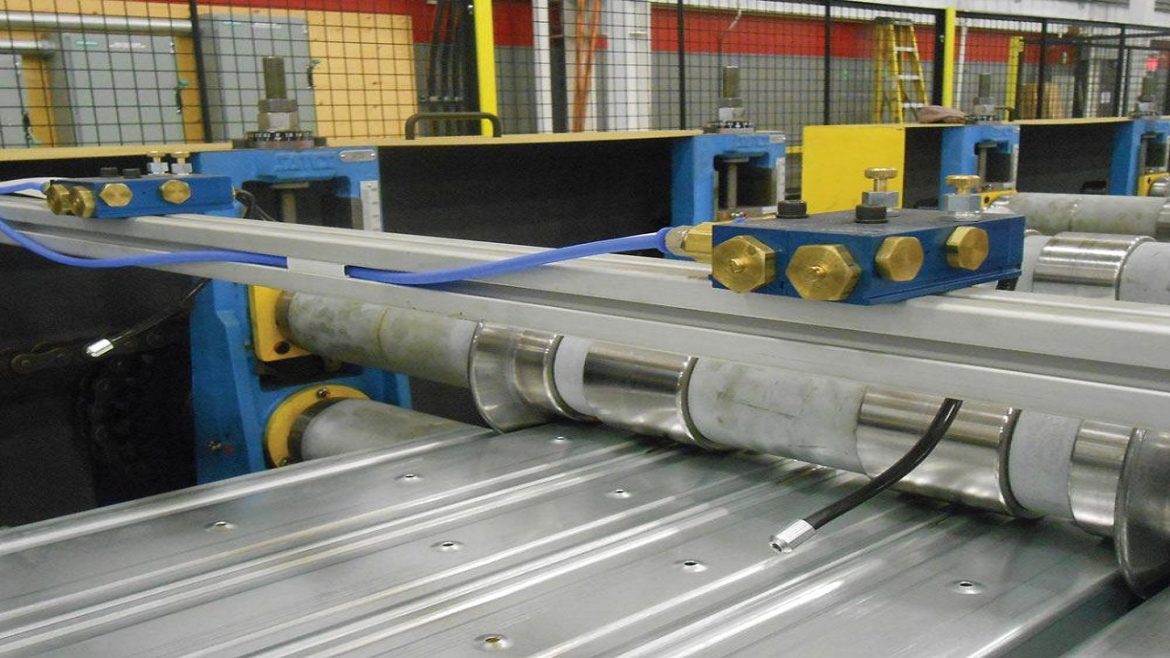Overhead doors have become the typical picture in many storefront and industrial areas, creating a safe, long-lasting, and convenient environment. These doors, like the roller coasters, work seamlessly, only they are unrolled upwards into a compact coil when opened and then downward to cover the entrance when closed. Of course, there is the physics of it working, but have you ever considered it? Let’s begin our tour of the intriguing arena of how rolling door machine function. Through this, we can gain a deeper understanding of how these doors work.
Understanding the Basics
At the heart of a rolling door system is the rolling door machine, which comprises several key components:
Curtain
The door itself is a large flat piece of metal or other material that is folded into the desired shape. It is wound in a spool and this spool is located right above the door. When the door is open the spool releases the string.
Drum Assembly
The curtain is drawn and uncovered to the right by the drum assembly mounted to the side of the door opening above. The structure is designed in such a way that all the equipment needed for its proper operation is incorporated.
Guides
Guides are the lines that are located at the top and bottom of the door, and they help to keep the curtain stuck to the opening and it prevents it from swinging out.
Counterbalance System
The two systems that are used are dependent on one of the two options: a torsion spring or a set of extension springs. The opening and closing process is therefore quicker and easier.
How The Gears of Rolling Machine Works
The door can be rolled up vertically and the curtain is then made of fabric and hangs in front of the door opening when the door is closed. This is done by drawing the door onto the guides which are located at the drum assembly. With the door opening, the drum assembly spins along with the curtain that circles the drum.
The Counterbalance system is the only element in the mechanism which balances the whole system. Springs in the springs are in the tension position, while the door is closed. This is how energy is stored. When the door is opened, the spring releases the potential energy that was accumulated earlier. This one contributes greatly to being able to raise the curtain.
Factors Affecting Performance
The material and design of a rolling door will play the most important role in determining the efficiency and useful life of the door. Among the most popular materials for the rolling door curtains are steel and aluminum since they have the advantage of being strong, and light respectively.
Moreover, the drum assembly, guides, and counterbalance system design also play a critical role in the opening and closing mechanism control of the door, and thus the lifespan of the door is also affected. Checking the system from time to time along with constant lubrication is also among the key factors that affect the overall results.
Conclusion
The rolling door machine is a brilliant engineering feat, it can be applied for a very trouble-free and also very secure door mechanism. Learning how the mechanism behind their science functions, we can also see it as an engineering issue that can be a solution for situations where we need the doors to work smoothly.
